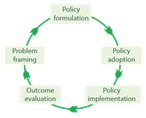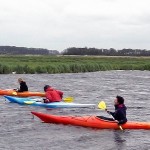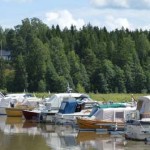
THEMATIC BRIEF: The success of an argument for biodiversity conservation depends on how it is properly adjusted to different stakeholders’ perceptions of the values of nature. This policy brief aims to provide some ways in which arguments can be tailored for the audience in order to increase their effectiveness in the biodiversity conservation process, based on the lessons learned in the 13 case studies of the BESAFE project and through discussions with stakeholders.








